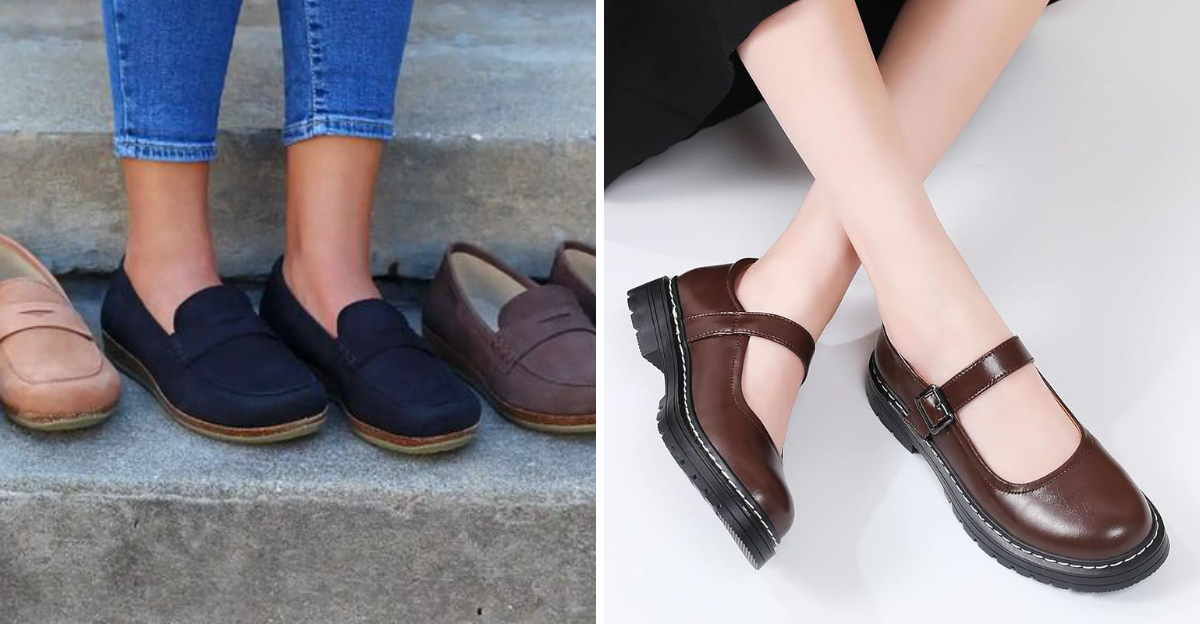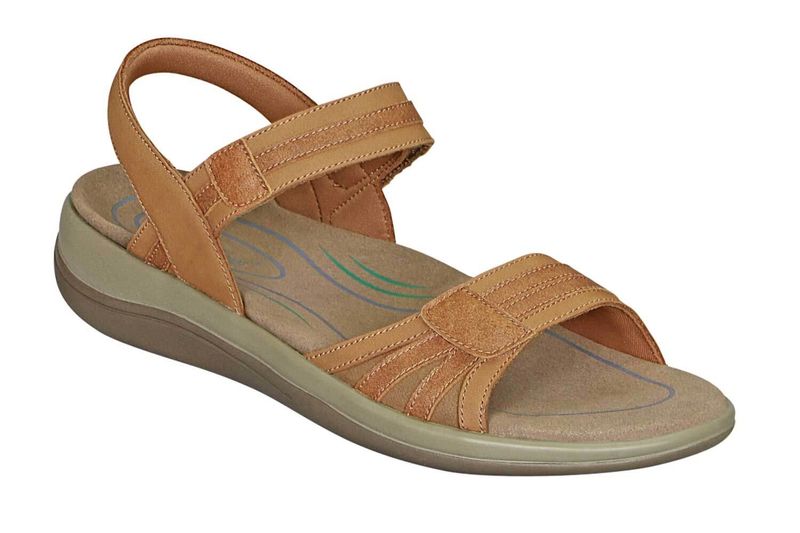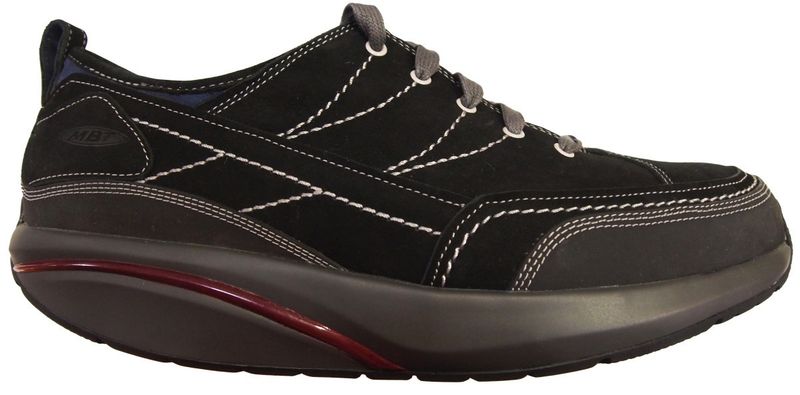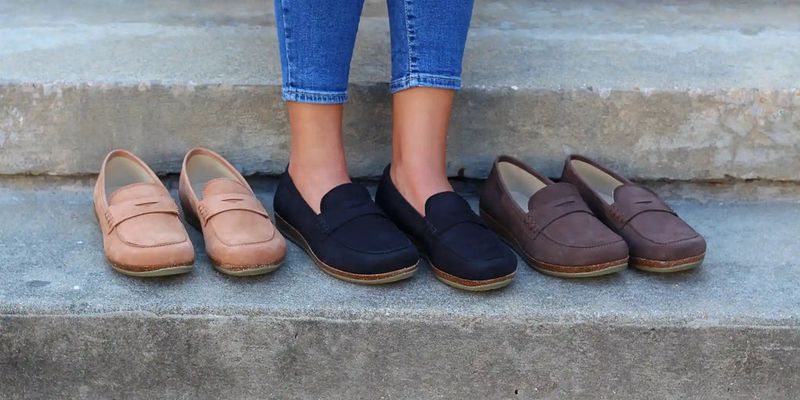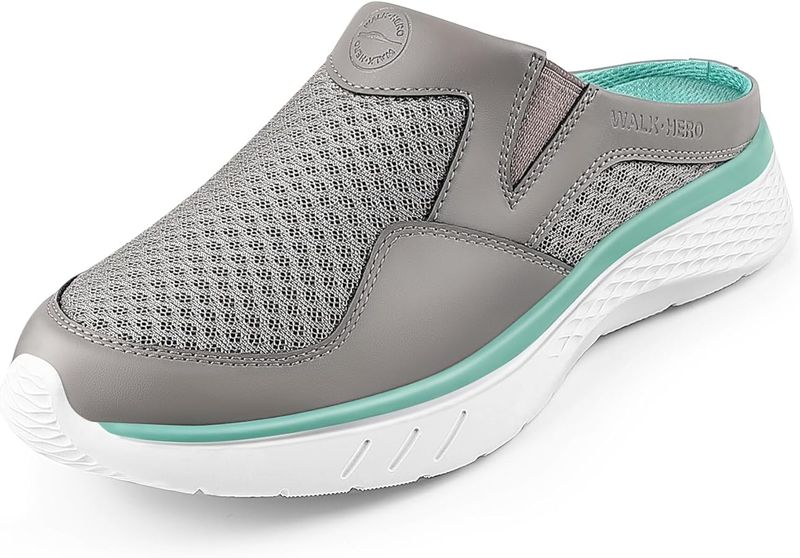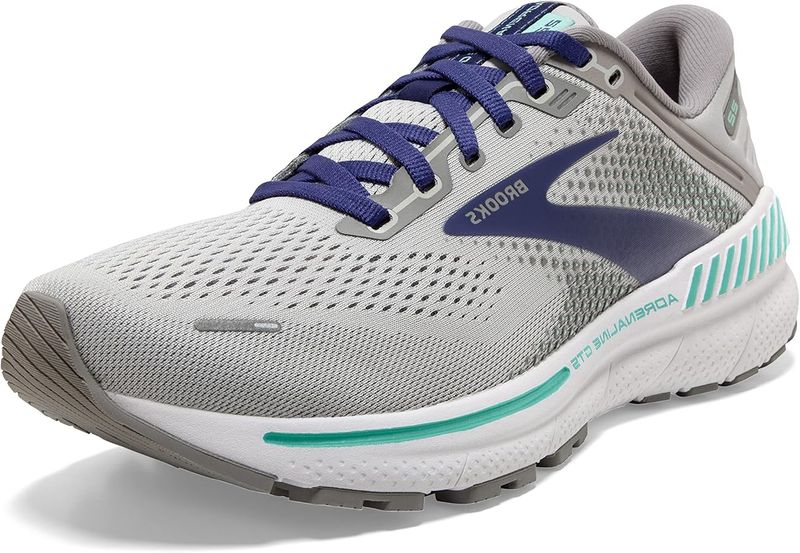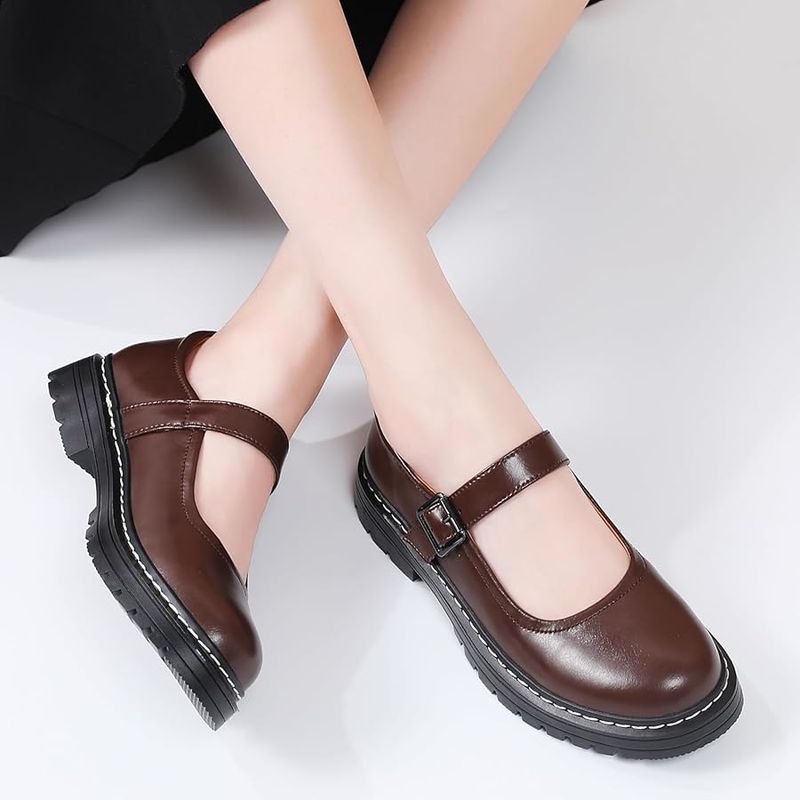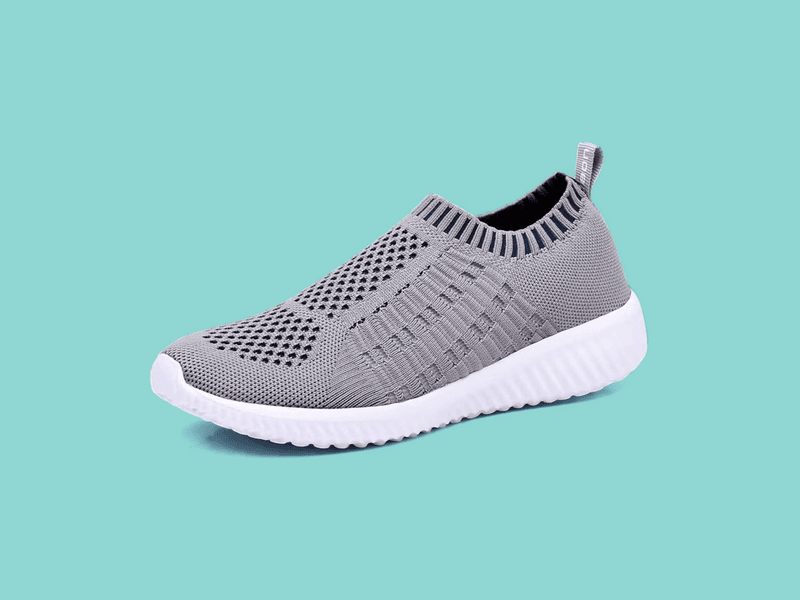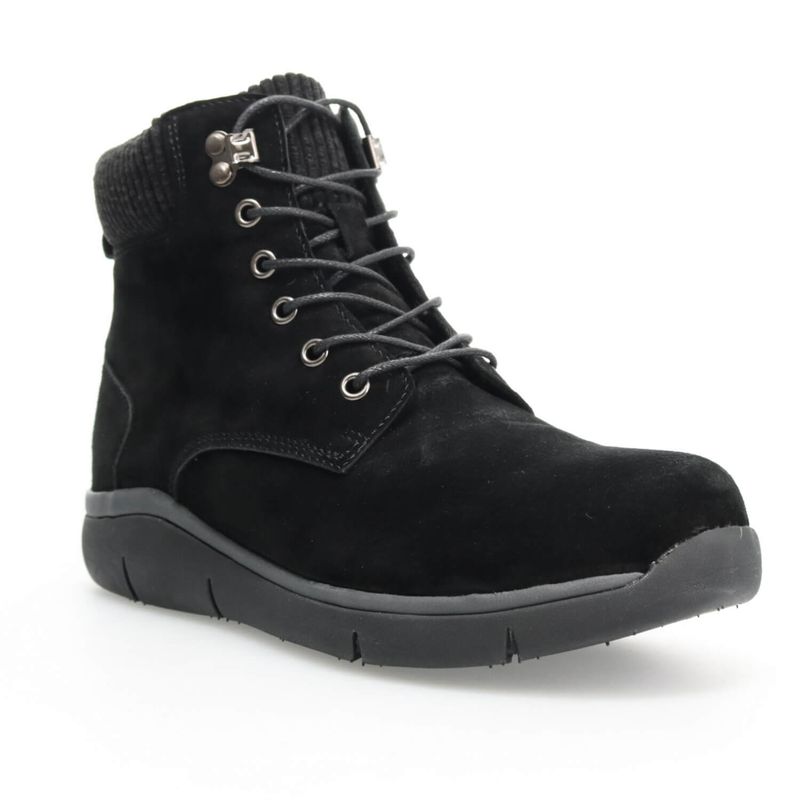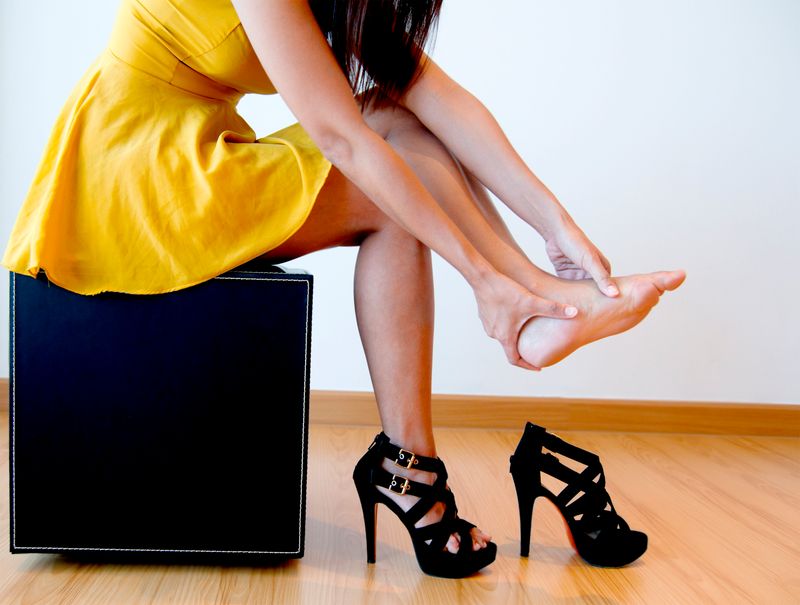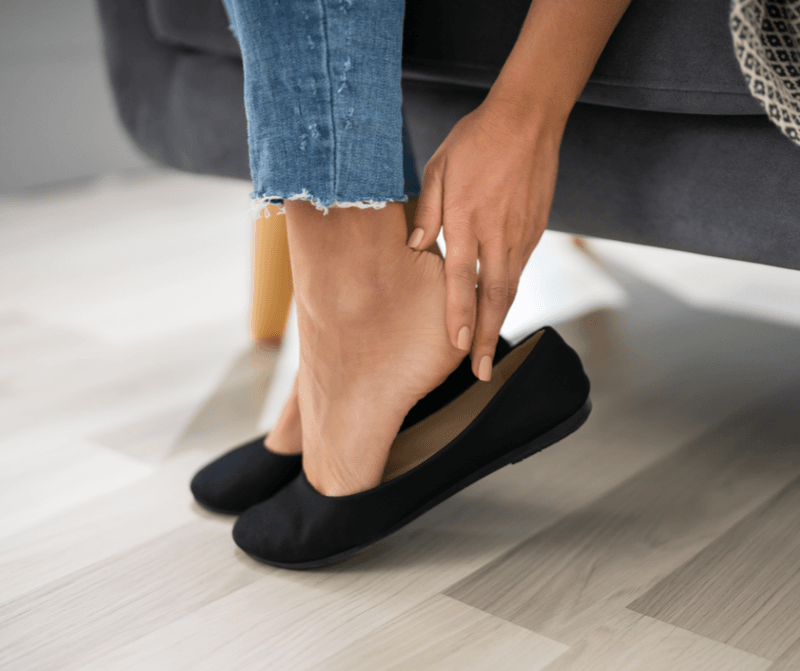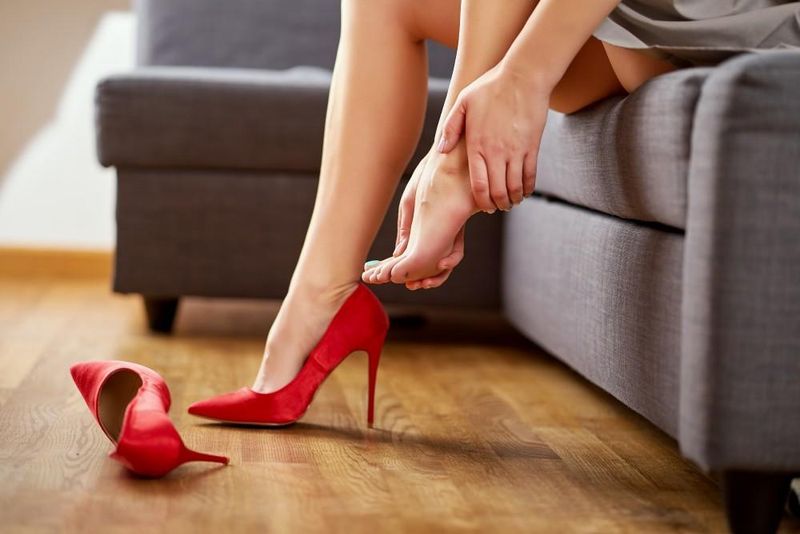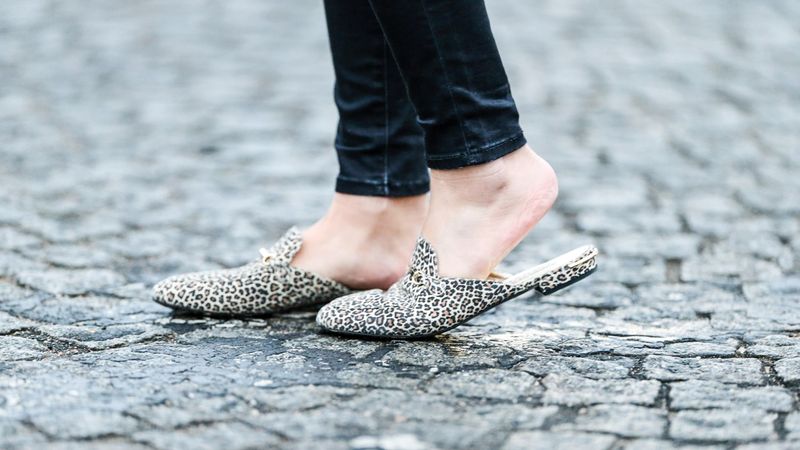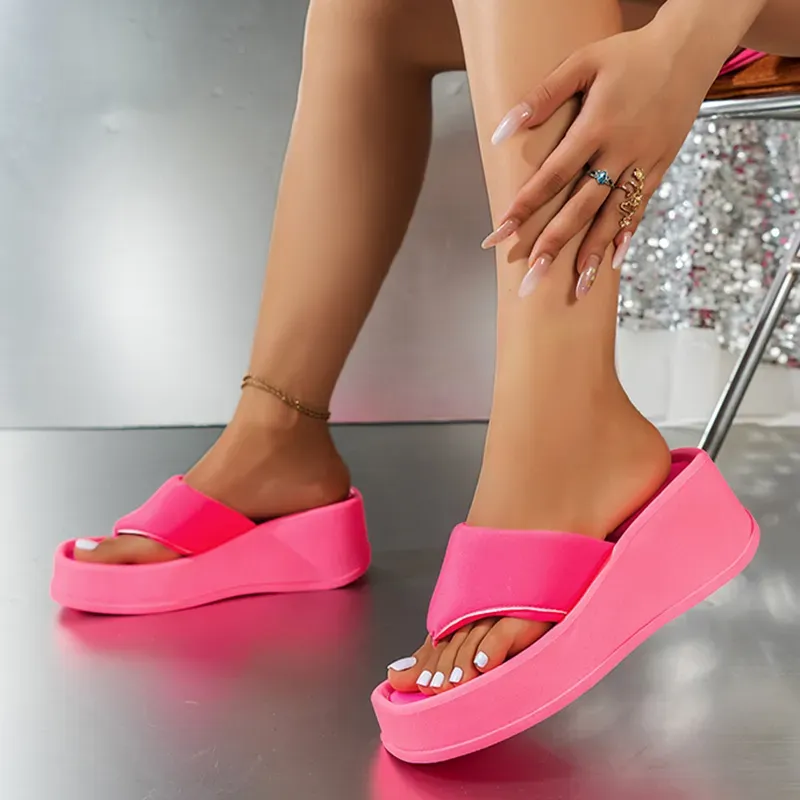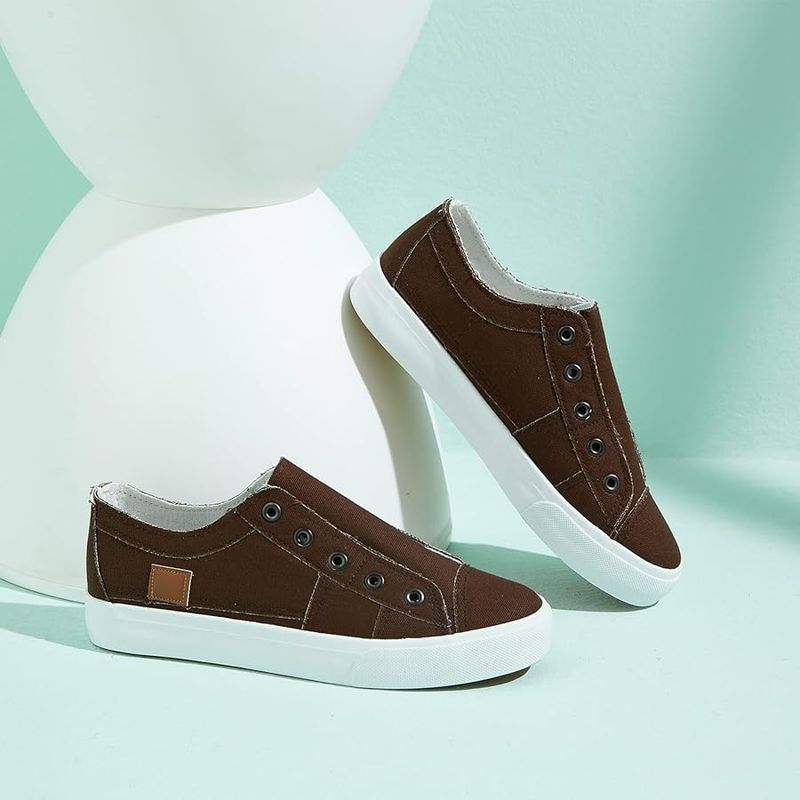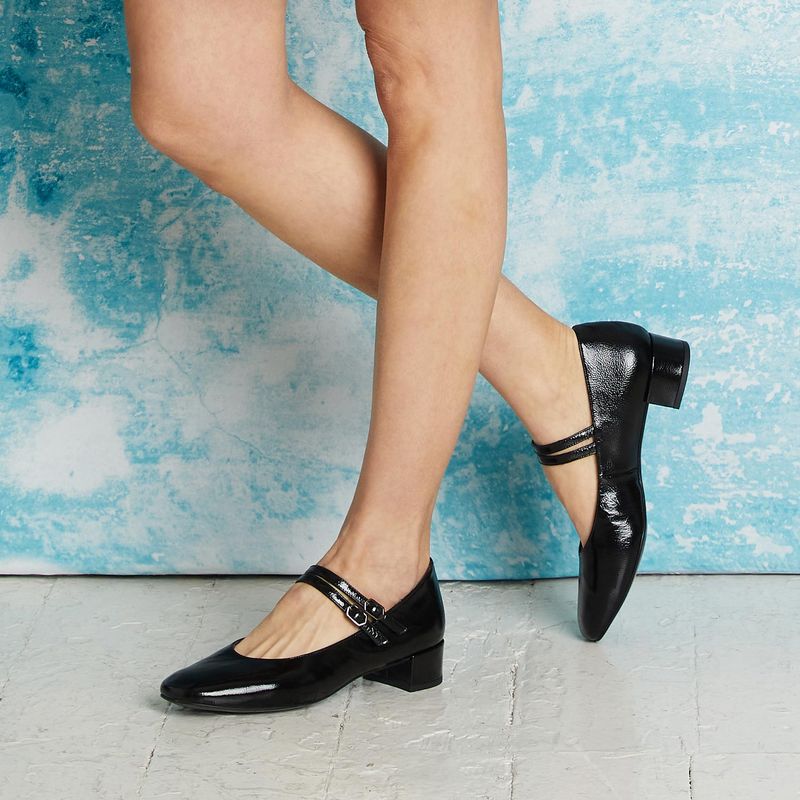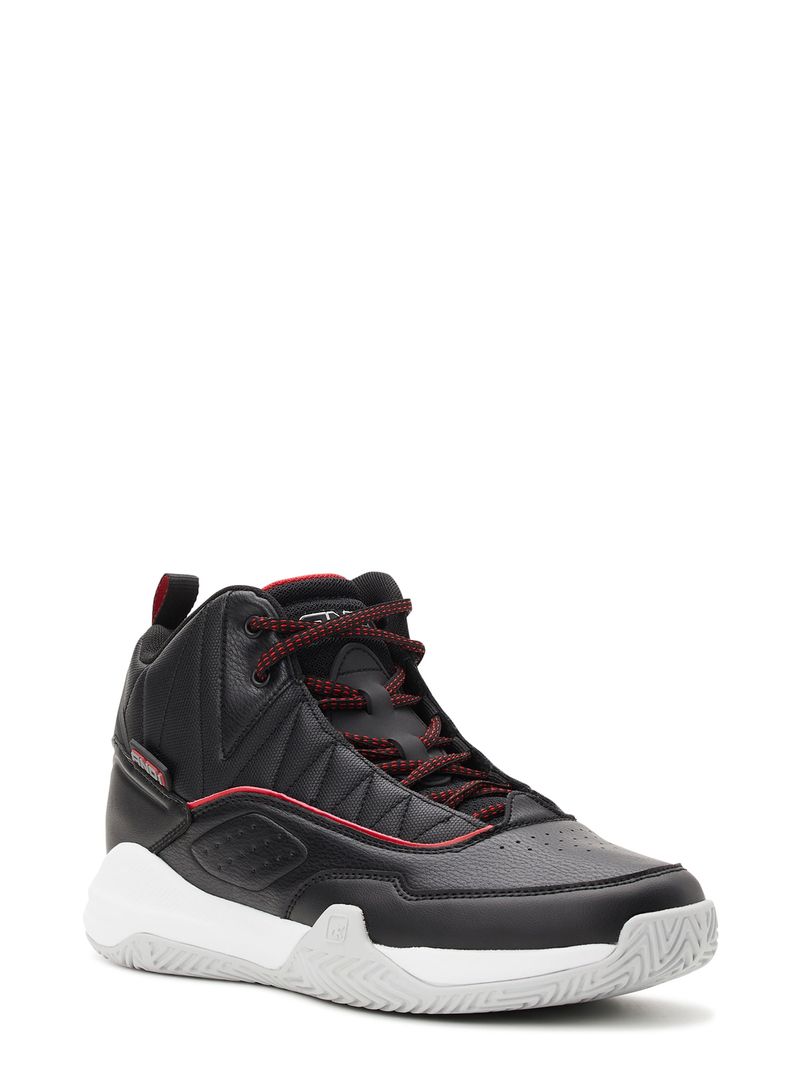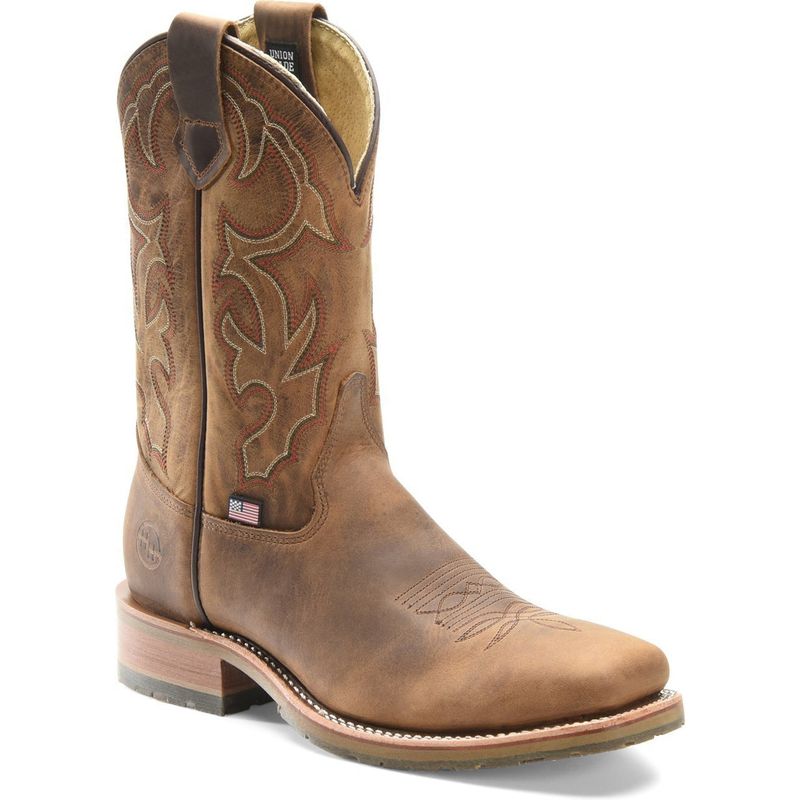As we age, our feet often need more support and comfort to keep us active and pain-free. After 40, many people start noticing changes in their feet that can make wearing certain shoes uncomfortable or even harmful. Choosing the right footwear becomes crucial for preventing common issues like plantar fasciitis, bunions, and general foot pain.
1. Cushioned Walking Sneakers
Plush padding in walking sneakers absorbs shock with each step, reducing pressure on aging joints. The extra cushioning protects your feet from hard surfaces.
Many brands offer memory foam insoles that mold to your unique foot shape, providing personalized comfort exactly where you need it most.
2. Orthotic-Friendly Sandals
Sandals with removable footbeds allow you to insert custom orthotics while still enjoying open-air comfort. Look for adjustable straps to accommodate foot swelling.
The contoured arch support prevents flat feet from overpronating, reducing strain on your plantar fascia and preventing painful inflammation.
3. Rocker-Bottom Shoes
Curved soles create a rocking motion that reduces pressure on the ball of your foot. This design helps propel you forward with minimal effort.
Rocker bottoms particularly benefit those with arthritis or toe stiffness by decreasing the need for painful toe bending during walking.
4. Wide-Toe Box Loafers
Generous toe boxes give your feet room to spread naturally, preventing painful squeezing of bunions and hammertoes. The extra width accommodates foot changes that commonly occur after 40.
Soft leather uppers stretch gently with wear, conforming to your foot’s unique shape without restrictive pressure points.
5. Arch-Supporting Clogs
Firm but flexible arch support in quality clogs prevents overpronation and reduces strain on your plantar fascia. The slightly raised heel takes pressure off your Achilles tendon.
Many healthcare professionals choose these for long shifts because they provide excellent support without constricting tired, swelling feet.
6. Cushioned Running Shoes with Stability
Stability features prevent excessive foot rolling while maintaining shock absorption for aging joints. The reinforced midsoles provide crucial support for long walks or light jogs.
Breathable mesh uppers keep feet cool and dry, reducing friction that can lead to painful blisters and hot spots.
7. Adjustable-Strap Mary Janes
Hook-and-loop closures accommodate foot swelling throughout the day—a common issue after 40. The secure straps prevent sliding and rubbing that causes painful blisters.
Many styles combine professional appearance with comfort features like cushioned insoles and flexible outsoles for all-day wearability.
8. Stretch-Fabric Slip-Ons
Knit uppers expand to accommodate bunions and hammertoes without painful pressure points. The flexible fabric moves with your foot rather than restricting natural movement.
Easy on-off design eliminates bending struggles for those with back issues or limited mobility, making these practical for everyday wear.
9. Motion-Control Walking Boots
Sturdy ankle support prevents excessive pronation that can aggravate plantar fasciitis and knee pain. The structured design guides your foot through proper alignment with each step.
Waterproof materials keep feet dry during outdoor activities, preventing moisture-related issues like fungal infections and blisters.
10. Deep-Toe Diabetic Shoes
Extra depth accommodates custom orthotics and reduces pressure on sensitive feet. Seamless interiors eliminate friction points that can cause dangerous ulcers.
Many styles look like regular casual shoes while providing the therapeutic benefits needed for diabetic foot care and neuropathy protection.
11. Sky-High Stilettos
Extreme heel heights force your forefoot to bear excessive weight, crushing toes and causing metatarsalgia. The unnatural foot position strains your arch and can worsen plantar fasciitis.
Narrow toe boxes squeeze your feet into painful positions, potentially accelerating bunion development and hammertoe formation.
12. Flat Ballet Slippers
Zero arch support allows feet to collapse inward, potentially causing plantar fasciitis and heel pain. The paper-thin soles provide no shock absorption for aging joints.
While they may look dainty, these flimsy shoes leave your feet vulnerable to every hard surface and can worsen existing foot problems.
13. Rigid Pointed-Toe Boots
Narrow, pointed toes force your forefoot into an unnatural triangle shape, compressing nerves and blood vessels. The rigid leather doesn’t accommodate bunions or hammertoes that become more common after 40.
Extended wear can cause painful neuromas and worsen toe deformities that develop with age.
14. Backless Mules
Lack of heel support forces your toes to grip constantly, leading to hammertoe development and foot fatigue. Your heel slides around with each step, creating friction that causes painful calluses.
Without secure foot positioning, your walking gait changes, potentially causing knee, hip, and back pain.
15. Platform Flip-Flops
Thick soles reduce foot flexibility and proprioception, increasing fall risk for adults over 40. The unstable height combined with minimal foot security creates a dangerous combination.
The thin strap between toes causes irritation and blisters while providing zero arch support or stability for aging feet.
16. Lightweight Canvas Sneakers
Flimsy construction offers minimal shock absorption or arch support for aging feet. The flat, hard soles transmit impact directly to your joints with each step.
While they might look casual and cool, these shoes provide none of the supportive features that become essential for foot comfort after 40.
17. Rigid Leather Dress Shoes
Inflexible soles prevent natural foot movement, causing strain on joints and tendons. The hard leather uppers don’t accommodate foot swelling that commonly occurs throughout the day.
Traditional dress shoes often prioritize appearance over comfort, with narrow lasts that squeeze feet into unnatural positions.
18. Plastic Jelly Shoes
Non-breathable materials trap moisture, creating the perfect environment for fungal infections. The rigid plastic doesn’t flex with your foot, causing blisters and pressure points.
These childhood favorites offer zero support for adult feet and can exacerbate arthritis pain with their unforgiving structure.
19. Bulky Basketball Sneakers
Excessive ankle support can actually weaken foot muscles over time if you’re not an active player. The rigid high-tops restrict natural movement and can cause Achilles tendon tightness.
Heavy construction adds unnecessary weight to each step, increasing fatigue for those with diminishing muscle strength after 40.
20. Narrow-Toe Cowboy Boots
Traditional pointed designs compress toes into a painful wedge shape, potentially causing nerve impingement. The slanted heels throw your body alignment off-balance, creating back and knee strain.
Stiff leather construction doesn’t accommodate foot changes common after 40, like widening or developing bunions.

